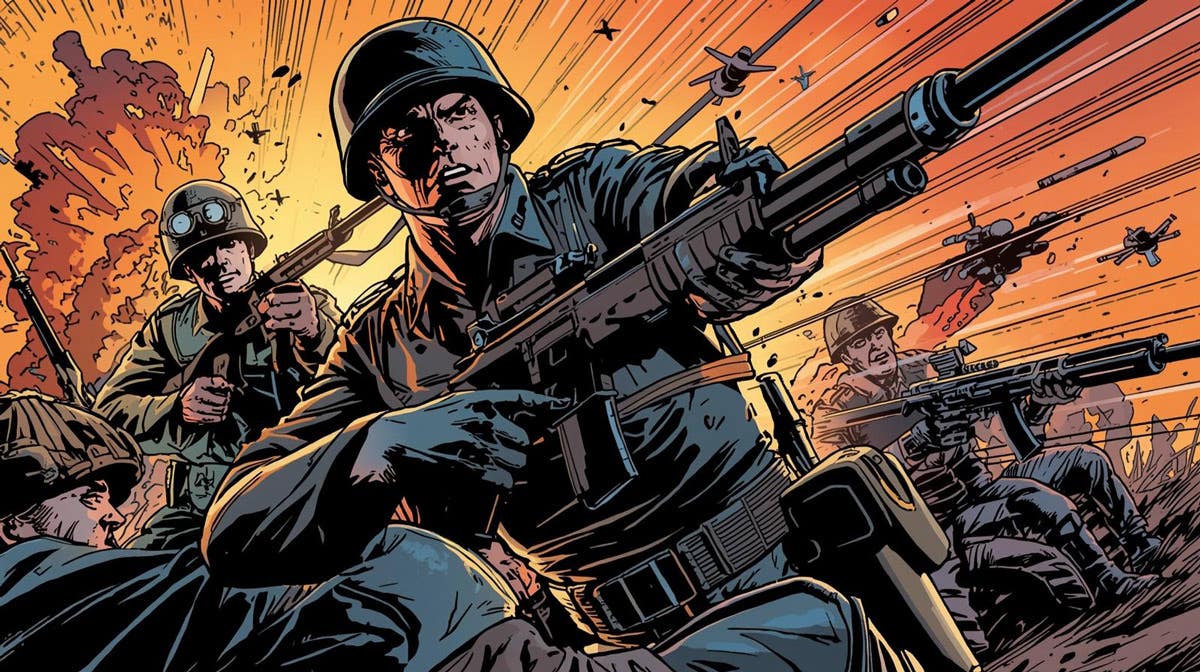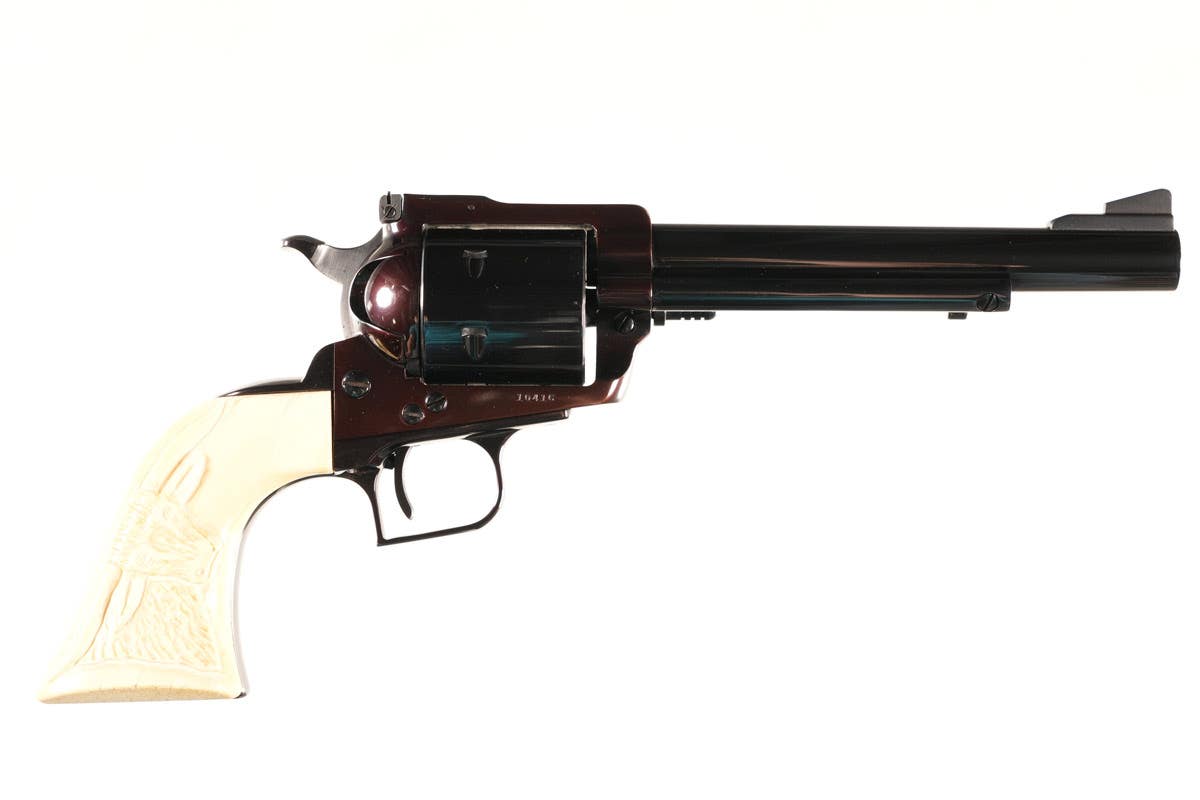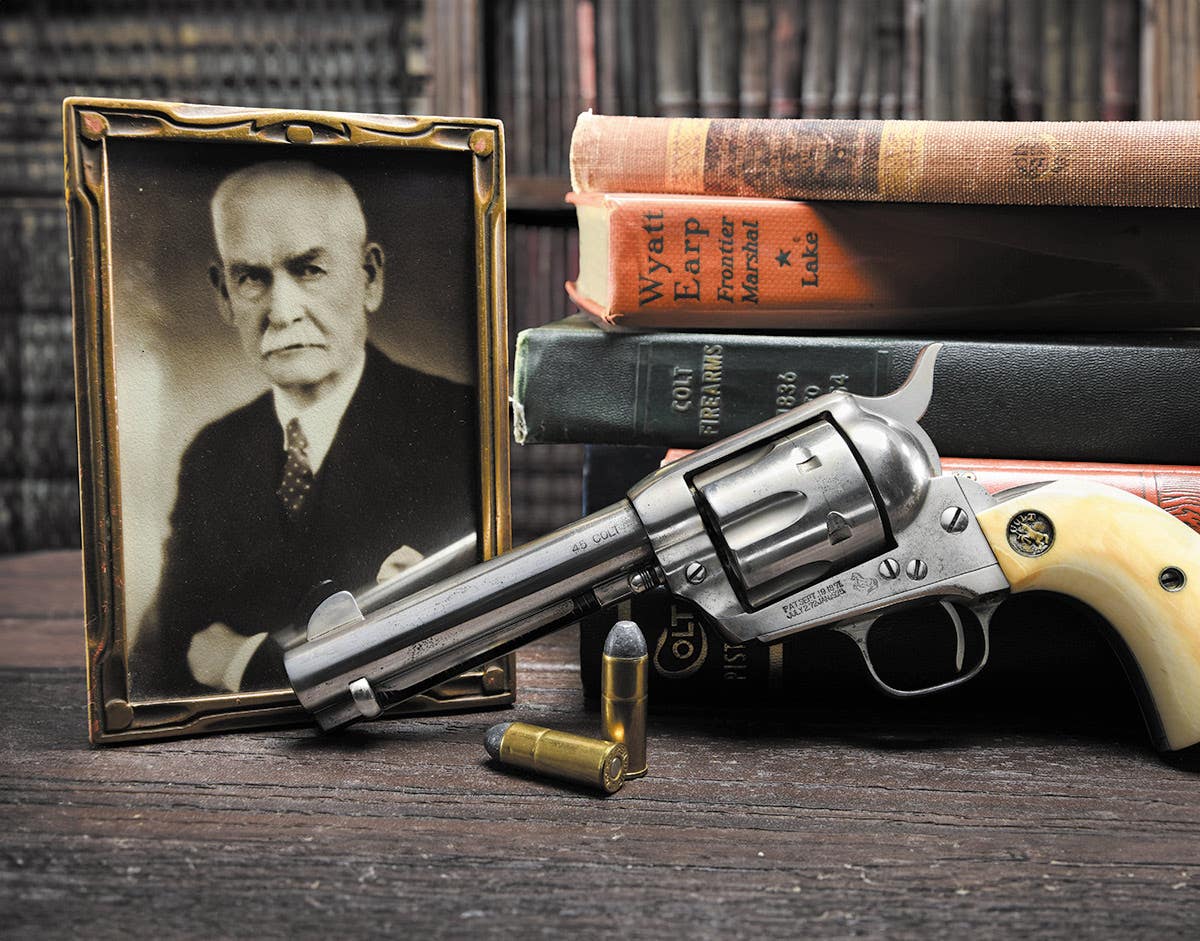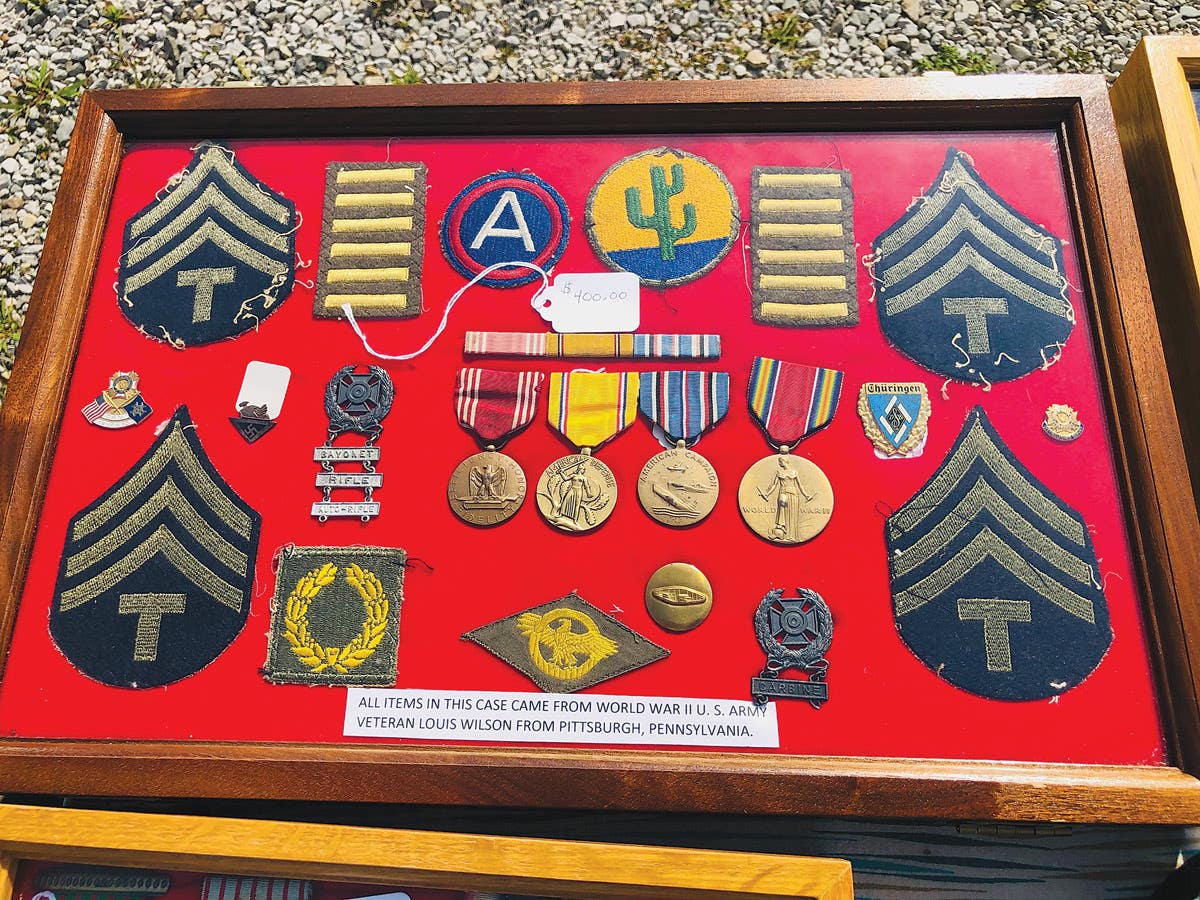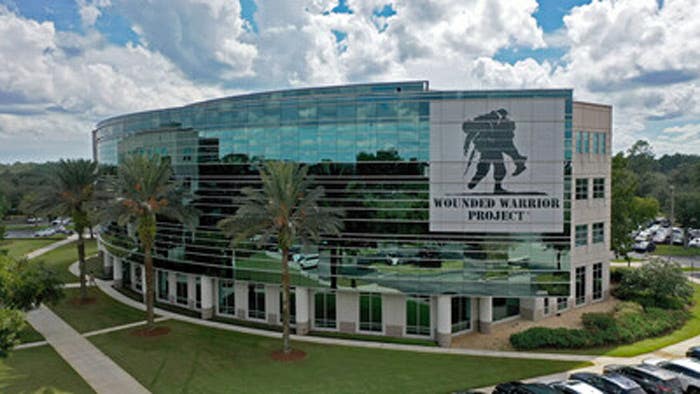Amount paid does not always equal value
Greetings, Every few months, it is good to remind readers: Restoring a historic military vehicle is almost always more expensive than buying someone else’s restoration. And though it would seem…
Greetings,
Every few months, it is good to remind readers: Restoring a historic military vehicle is almost always more expensive than buying someone else’s restoration. And though it would seem to be implied by the former statement, it needs to be spelled out for some: Just because you spend a lot on a restoration does not mean a vehicle is worth that amount.
Those two statements would seem to be obvious, but it is surprising how many people seem to forget that when they go to sell their Jeep, M37, CCKW or other historic military vehicle (“HMV”). Too many amateur restorers end up—as my buddies at Old Cars Weekly call it—“upside down” in their vehicle.
Being upside down means spending way more on a restoration than a vehicle is worth. This is not hard to do in the historic military vehicle hobby where $20,000 is a boundary crossed by only a few wheeled vehicles.
Anyone who has spent any time pulling a wrench or sanding a panel knows that $15,000 can disappear mighty fast on a restoration. If you spent, for example, $2,500 for a “barn-find M-37 Dodge truck,” your restoration can easily cost much more than the going price for a truck in number one condition (around $13,500-15,000). Just because a person might spend $20,000 on a restoration doesn’t mean the truck is worth that amount. The free-market determines price, not the seller.
Rarity Doesn’t Mean “Valuable”
Many in both the HMV and militaria hobby are confused by “rarity”. To them, they think that “rarity” equals valuable. While that is true in some cases (for example, a Purple Heart named to a KIA Green Beret), there is a missing variable in the equation: Rarity + Desirability= Valuable.
Allow me to illustrate: Consider a WWI entrenching tool carrier (“T-handle shovel cover”) marked to the 525th Laundry Company and a second one marked to the 6th Marine’s machine gun company. Theoretically, these should be equally rare as the number of men in both companies are about the same. However, because of the illustrious combat record of the 6th Marine MG Co., an entrenching tool marked to the unit is worth about $250-$300. Conversely and even though the 525th Laundry Company is an obscure unit, the lack of “desirability” of a decorated, combat unit limits the value to around $100-$125—less than half that of the Marine carrier.
Carrying the illustration further into the HMV world, just because a 1951 Ford pick-up with traces of Air Force paint may be “rare” (that is, few were produced and even fewer have survived), that does not make it “valuable”. True, it is an oddity, and people will pay more for an oddity, but they won’t pay premium prices just because it is “rare”. On the other hand, amphibious Ford GPA ¼-ton trucks aren’t anywhere near as rare as military-marked Ford pickups from the 1950s, but GPAs in number one condition are selling for several hundred thousands of dollars whereas the pickup, in number one condition, might fetch $14,000 at auction. The GPA is overwhelmingly more desirable even though nowhere near as scarce.
So to recap, whether talking HMVs or militaria, Valuable=rarity + desirability.
SO WHY RESTORE?
With such a grim financial outlook, why does one restore a vehicle? Well, this, too, is obvious to most, but many seem to overlook it: Restore a vehicle because you love it.
Somewhere in the last forty years, collectors got it in their heads that they are “investing” when they buy militaria (or HMVs or Beanie Babies or whatever). Do it because you love it. If you want to invest, there is a whole machine geared towards that—and you will find it on Wall Street. Collecting HMVs and militaria is a hobby. There is an intangible reward in the pleasure one derives from it. However, if you are doing it to protect your net worth, you are probably going to be disappointed.
When you go to sell, remember, it is “supply and demand” that governs the marketplace…not how much you spent on an item. But then, if you are a true hobbyist, you are already acquainted with the number one rule that most of us seem to unintentionally follow: “Buy high, sell low!”
Keep finding the good stuff but invest wisely,
John Adams-Graf
Editor, Military Trader and Military Vehicles Magazine
John Adams-Graf ("JAG" to most) is the editor of Military Trader and Military Vehicles Magazine. He has been a military collector for his entire life. The son of a WWII veteran, his writings carry many lessons from the Greatest Generation. JAG has authored several books, including multiple editions of Warman's WWII Collectibles, Civil War Collectibles, and the Standard Catalog of Civil War Firearms. He is a passionate shooter, wood-splitter, kayaker, and WWI AEF Tank Corps collector.



